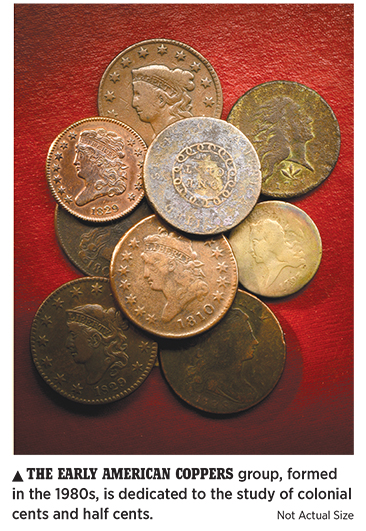

The first African-American to appear on a circulating coin was York, a slave who accompanied Lewis and Clark on their "Corps of Discovery" adventures across America at the dawn of the 19th century. His orchestra's theme song, "Take the A Train," is one of the best-known compositions in jazz.Įllington was born in the district in 1899 and composed more than 3,000 songs, including "Satin Doll," "Perdido" and "Don't Get Around Much Any More." "It Don't Mean a Thing If It Ain't Got That Swing" helped usher in the swing era of jazz.Įllington performed with other famous artists, including John Coltrane, Louis Armstrong and Ella Fitzgerald, and he traveled around the world with his orchestras. voters, which was "taxation without representation," in protest of the district's lack of voting representation in Congress.Įdward Kennedy "Duke" Ellington received 13 Grammy Awards and a Pulitzer Prize, among numerous other honors. residents, beating out abolitionist Frederick Douglass and astronomer Benjamin Banneker.Īlso on the coin is the phrase "Justice for all." The Mint rejected the first inscription choice of D.C. Members of Ellington's family were present at the ceremony, and the jazz band of Duke Ellington High School performed.Įllington won the honor by a vote of D.C. Mint Director Ed Moy introduced the new coin at a news conference Tuesday at the Smithsonian Institution's National Museum of American History. The coin was issued to celebrate Ellington's birthplace, the District of Columbia. George Washington is on the "heads" side, as is usual with U.S. Overall.23 cm x 3.Ellington, the composer of classics including "It Don't Mean a Thing If It Ain't Got That Swing" appears on the "tails" side of the new D.C. United States: Pennsylvania, Philadelphia province United States: Pennsylvania, Philadelphia city The largest press the mint possessed still was not big enough to give a strong impression with a single blow, hence the weak relief on these coins. All were immediately delivered to the Mint Director for distribution to dignitaries as souvenirs. Precisely 1,758 of these silver dollars, the first ever minted for circulation by the United States, were coined on October 15, 1794. But it was a first-and sometimes that's success enough.

So the new federal dollar was not a brilliant success. This resulted in its making an even weaker impression. The impressions it gave with a single blow were weak, a situation not helped by the fact that the obverse die was damaged early on and had to be polished down along one part of its circumference. The only way it had proved adequate for striking the copper pattern was by striking the piece twice. The dollars were struck on the largest press the mint possessed, but the machine was originally intended for cents and half dollars.

The VIPs were not impressed with what they saw.

Precisely 1,758 of them were coined on the fifteenth, and they were immediately delivered to Mint Director David Rittenhouse for distribution to dignitaries as souvenirs. Chief coiner Henry Voigt was responsible for 5,300 half dollars that day, and they apparently went into commerce as soon as they were released. The first silver dollars-and the first silver half dollars-were delivered on the same day, October 15, 1794.


 0 kommentar(er)
0 kommentar(er)
